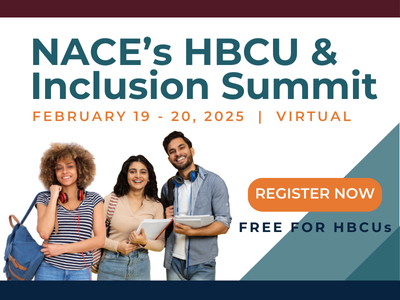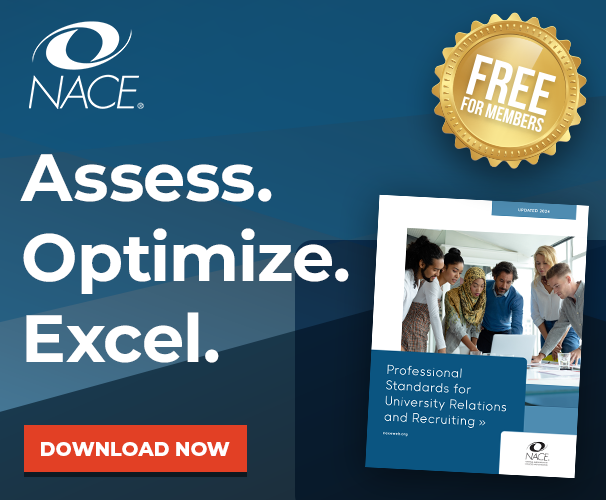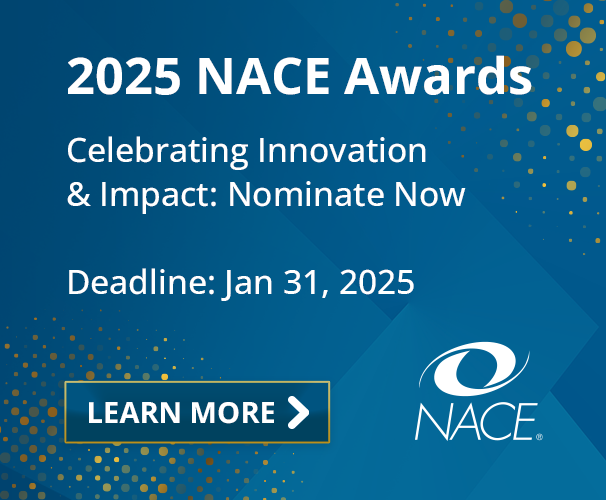Bruce Soltys has been in talent acquisition for nearly 23 years. Based on his considerable experience, he believes that three of the most important things URR professionals should know as they navigate their careers are consistent, whether they are new to or experienced in the field.
Soltys, vice president of university relations and leadership development programs for Travelers, says these include (in no particular order):
- Staying current on the business you support and the industry you are in—It is important to stay updated in terms of your organization’s needs from a talent standpoint and to know where the industry is heading and understand the different criteria that will be relevant to hiring into that area from a skills perspective.
- Honing your data literacy—The ability to track data, then tell stories, articulate rationales, and justify strategies, tactics, and processes with data is key. It is also important to understand how to use data to differentiate what is and isn’t important. Data tell us what is critical.
- Valuing your relationships—Developing internal and external relationships and making personal connections is crucial to URR work and careers.
NACE23 Preconference Workshop: Recruiter Bootcamp Intensive
Join Bruce Soltys, vice president, university relations and leadership development programs for Travelers, and Seldric Blocker, executive director, head of asset and wealth management campus recruiting at JPMorgan Chase, for the “Recruiter Bootcamp Intensive: What You Really Want and Need to Know” NACE23 preconference session. This four-hour session will touch on everything you ever wanted (and needed) to know about the ever-evolving world of recruiting.LEARN MORE
Soltys’ guidance around relationships is particularly timely as artificial intelligence (AI) and other tech encroach on and, in some cases, are options to replace high-touch elements of the URR processes. Soltys says it is important to find a reasonable balance.
“Because URR is always going to be a relationship-based entity, we need to be careful not to over-automate the process and lose the human element that is so valuable,” he advises.
“Most of the students we talk to say that someone they met through the recruiting process at a certain company is the reason they chose to work there. Whether it's through an info session or a mentorship or a recruiting event or a referral, another human was a key factor in them choosing the organization that they joined.”
Relationships are also valuable as URR professionals progress throughout their careers.
“Establishing relationships is key, but cultivating them is really more important,” Soltys points out.
“I can't tell you how many times in my career I've picked up the phone or sent an email to a colleague to either validate something, road test something with someone, or ask their opinion. These include folks in similar industries, different industries, and in higher ed. For example, when I needed to be connected to faculty, I was able to unlock that door through the network that I've developed.”
Soltys recommends not only reaching out to individuals in your network when you need something, but also just to check in with your connections to see how they are doing and to discuss trends, insights, and ideas.
“We’re expected to be subject matter experts and know the landscape of what’s going on,” he says.
“Connections to one another and to sources of information are crucial for us and for our organizations. Whether it's through networks, workshops, articles, or conferences, it's an imperative to stay informed, be connected to the trends, know what's out there, and know what's coming to be able to be proactive.”
According to Soltys, one of the challenges is that the rate and pace of change across the hiring landscape is faster than it has ever been, for various reasons.
Explains Soltys: “We're all seeing increased levels of competition and recruiting cycles that never seem to end. Through all of that, the landscape for higher ed and career services is changing, such as how the career services office is staffed, how they are ratioed, and how they're able to support students from different backgrounds. Then, you layer on top all of the economic aspects of what the current state of the economy is doing to companies’ hiring outlook. These are challenges that we all face—I don't think they're unique to just one industry or one sector—but that keep me up at night in terms of leading this function.”
What helps Soltys rest easy, however, is seeing the impact of his work on the careers and futures of those students and recruits with whom he has connected.
“For me, the most rewarding aspect is the ability to play such an integral role in launching someone's career, whether that's helping them with a resume or interview workshop, offering them an internship, or mentoring them during an internship and then being able to offer them a full-time role,” Soltys says.
“It’s seeing them progress through our organization or throughout their career. That is the most rewarding aspect, and it never gets old engaging with individuals at one point in their career and then seeing them two, three, four, or five years later and knowing that you played a part in their progress. It’s so fulfilling and, to me, is best part of doing what we get to do.”




